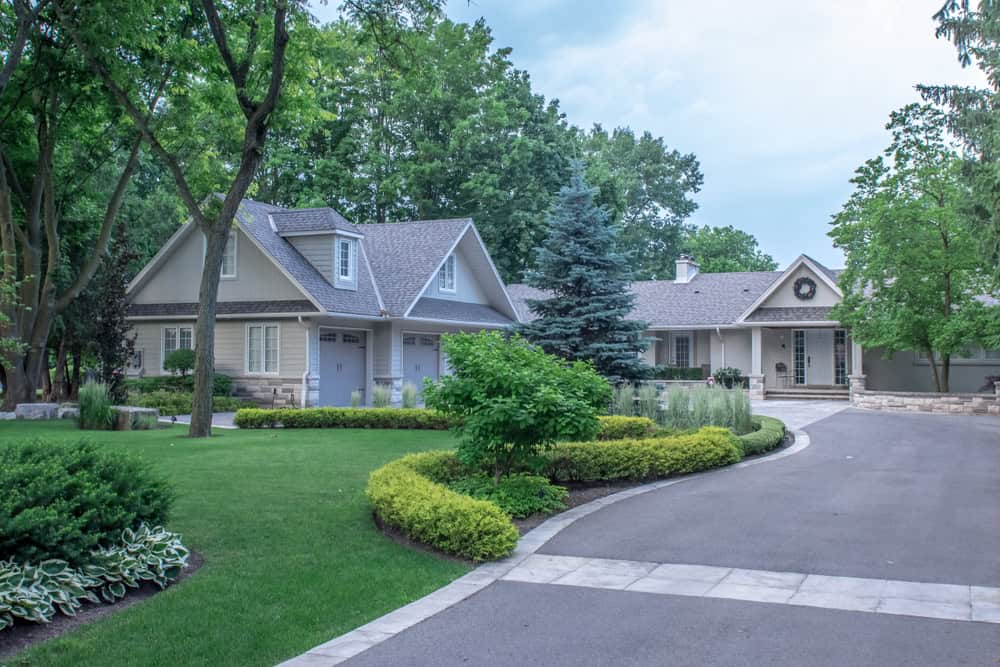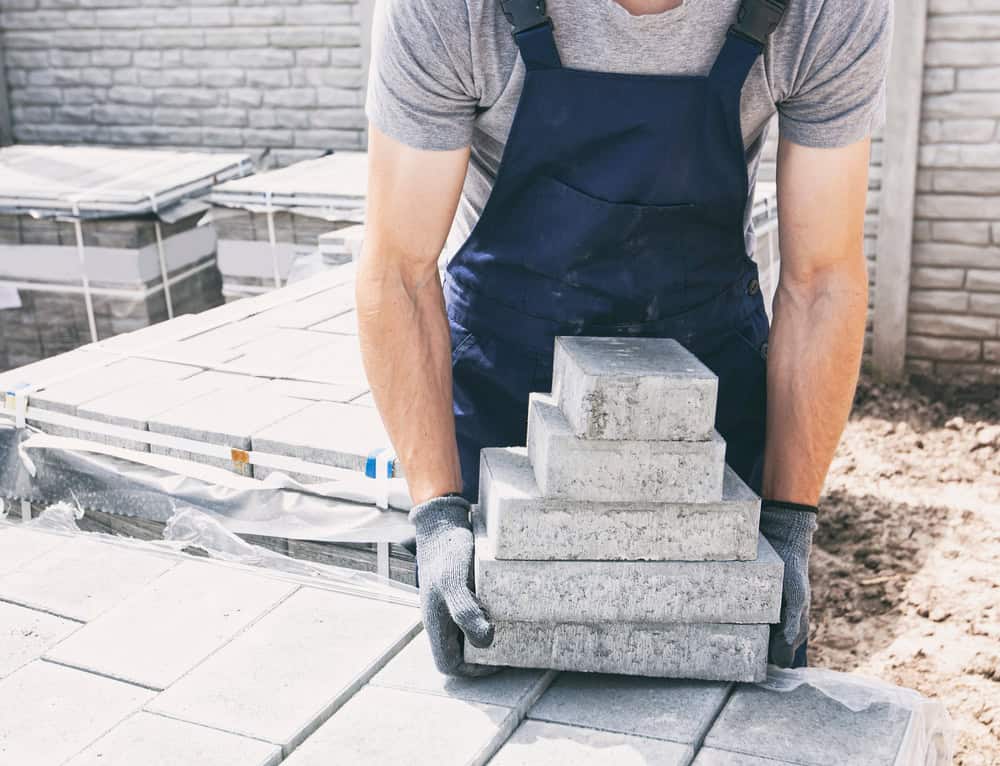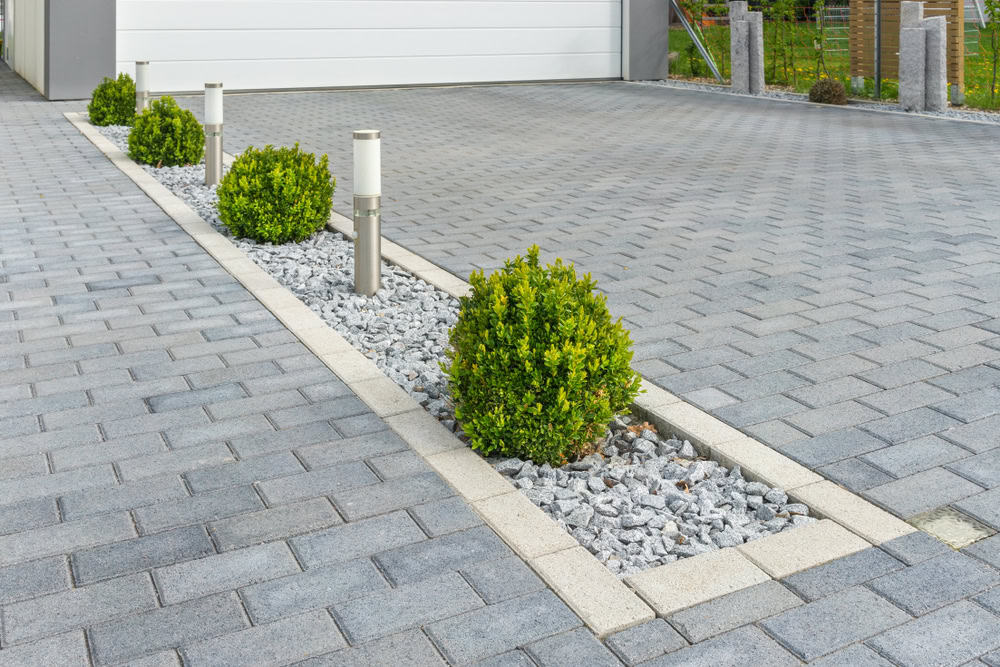Professional paver installation that handles New England weather without shifting, sinking, or cracking over time.


You know that feeling when you walk into someone’s backyard and think “wow, this is exactly what I want”? That’s what happens when pavers are installed right.
Your morning coffee tastes better on a patio that’s level and stable. Your weekend barbecues feel more relaxed when you’re not worried about guests tripping on uneven stones. Your home value increases when potential buyers see quality hardscaping that’s built to last.
The difference between a good paver project and a great one comes down to what happens below the surface. Proper base preparation, correct drainage, and attention to New England’s freeze-thaw cycles mean your investment looks as good in year ten as it does in year one.
Academy Masonry has been installing pavers and hardscaping throughout Newtonville and the greater Boston area for years. We understand local soil conditions, drainage challenges, and what it takes to build outdoor spaces that survive our winters.
You won’t find us cutting corners on base preparation or using shortcuts that save time but cost you money later. Every project gets the same attention to detail whether it’s a small walkway or an elaborate patio design.
We’re licensed, insured, and focused on doing the work right the first time. That means fewer headaches for you and results that last.

First, we excavate to the proper depth based on your soil conditions and intended use. This isn’t guesswork – we dig deep enough to create a stable foundation that won’t shift over time.
Next comes base preparation with crushed stone that’s compacted in lifts. This is where most problems start if it’s done wrong, so we take our time here. Proper compaction and the right materials prevent settling and ensure good drainage.
We install edge restraints to keep everything in place, then lay your pavers according to the pattern you’ve chosen. Final compaction and joint sand lock everything together. The result is a surface that looks great and performs even better through years of New England weather.

Ready to get started?
Every paver installation includes proper excavation, engineered base preparation, and professional installation techniques that meet industry standards. We work with concrete pavers, natural stone, and brick depending on your preferences and budget.
You’ll get a detailed estimate that breaks down materials and labor so you know exactly what you’re paying for. No surprises, no change orders unless you request modifications. We handle permits when required and coordinate with other trades if your project involves utilities or drainage work.
Our installations come with warranty coverage because we stand behind our work. When you choose quality materials and proper installation methods, problems are rare – but we back up every job just in case.
